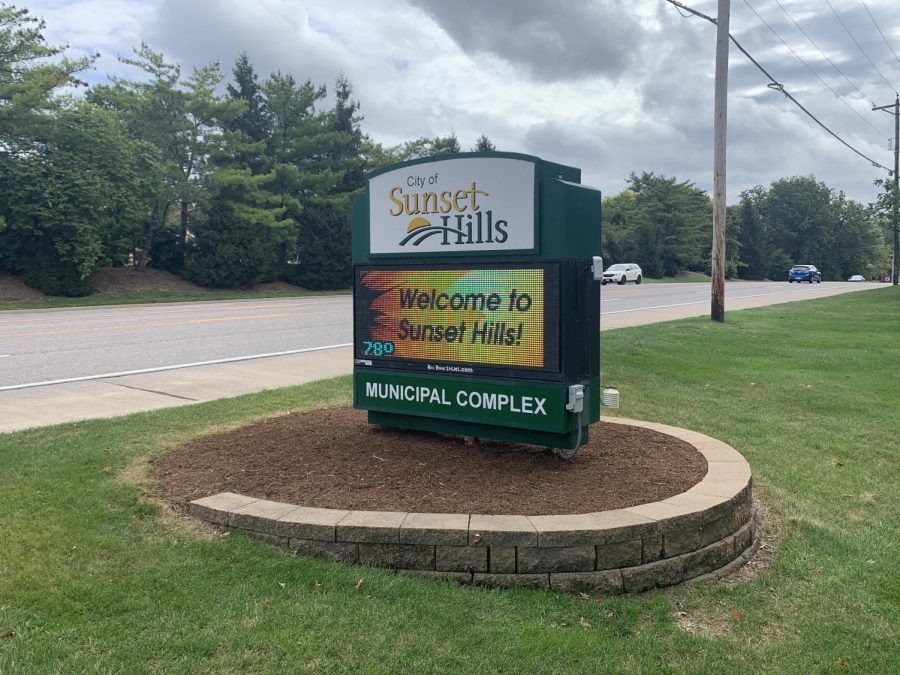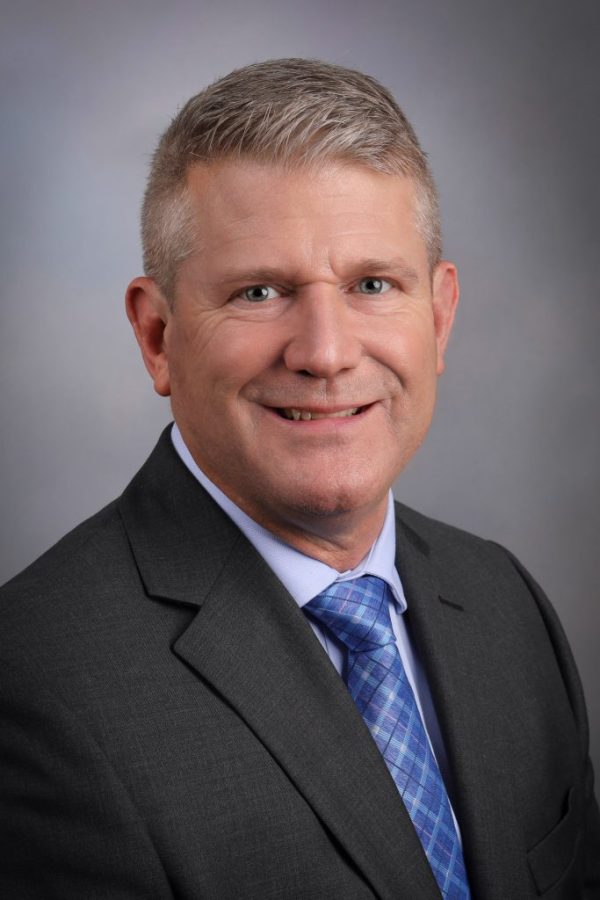The Mehlville Board of Education will consider a revised list of Proposition S projects when it meets again this month due to supply chain issues and higher-than-anticipated costs.
Prop S, a $35 million no-tax-rate increase bond measure, was passed by 80-percent of voters in April 2021 for safety and facility upgrades across the district, including the installation of secure entry vestibules at all of the schools.
At a joint Finance Committee, Facilities Committee and Facilities Steering Committee April 6, Superintendent Chris Gaines told committee members that supply and construction costs have risen above original estimates, forcing the district to revisit its list of projects to be covered under Prop S.
“Nobody wants to cut or not do anything. Everybody would like to do all the projects that we wanted to do, but what we’ve seen as we’ve progressed is it’s looking increasingly like that may not be able to happen, that money is going to run out. Construction costs have escalated,” Gaines said. “When I talk to people across the country, they’re running into the same kinds of issues.”
The district held two listening sessions the first two weeks of March to gather feedback from the community about how to prioritize the remaining Prop S projects with remaining funds. That raw data was shared with the Facilities Steering Committee, as well as the Finance and Facilities Committees and building administrators ahead of the joint April meeting, with projects divided into “negotiable” and “non-negotiable.”
“For non-negotiable … (we) really don’t want to delay or eliminate anything that was related to security entrances because that was really the main focus of Prop S and that is something that will happen in all buildings. Really didn’t want to take anything out of the HVAC or roofing buckets because those are such significant needs across the districts,” Gaines said. “Really didn’t want to back away from anything that is ADA (Americans with Disabilities Act) work.”
Some of the remaining Prop S projects can be funded through different funding mechanisms, such as the district’s capital fund and Proposition R, passed in 2015, and Proposition A, passed in 2016. The district also received Elementary and Secondary School Emergency Relief, or ESSER, money for COVID-19 relief, some of which can be used toward capital projects.
About $1.4 million in ESSER funds can be used to support Prop S HVAC projects. The district received $4 million in total ESSER funds, which has been used to address learning loss, fund building interventionists and other COVID-19 mitigation measures.
Over the course of the next two years, $100,000 from the district’s capital fund can be used to support Prop S projects, as well as $1.5 million of Prop R in fiscal years 2023 and 2024, and $300,000 of Prop A over the next two years, specifically for roof projects. In total, the district identified about $3.3 million in “additional” funds that can be used to support Prop S projects.
“That helps us become a little bit more confident that we can make more work,” Gaines said.
The majority of ESSER funds can be used to cover the cost of Rogers Elementary HVAC work that is scheduled to be completed this summer. Additional ESSER funds can be used toward HVAC projects at John Cary Early Childhood Center and Mehlville High School. Money from the capital fund and the $1.5 million from Prop R can be used toward the projects at Trautwein Elementary, Hagemann Elementary and Washington Middle. Money from Prop A can be used to fund a portion of the Buerkle Middle roof project.
Projects originally planned under Prop S that may now be delayed include Buerkle cafeteria restrooms, additional restrooms at Beasley Elementary, a second site entrance at Hagemann, staff parking lot reconfiguration at Trautwein, new stadium restrooms at Mehlville High and a new transportation building.
The joint committee group overall agreed with the recommendations on how to allot the remaining money, including prioritizing any projects that have to do with security and ADA-compliance. Members of the group also pointed out that there isn’t a hard timeline on when Prop S money must be spent, so some of the delayed projects can be revisited in the future once construction costs go down and don’t necessarily have to be eliminated entirely.
The Board of Education will review and vote on the updated Prop S recommendations at its meeting April 14.


































